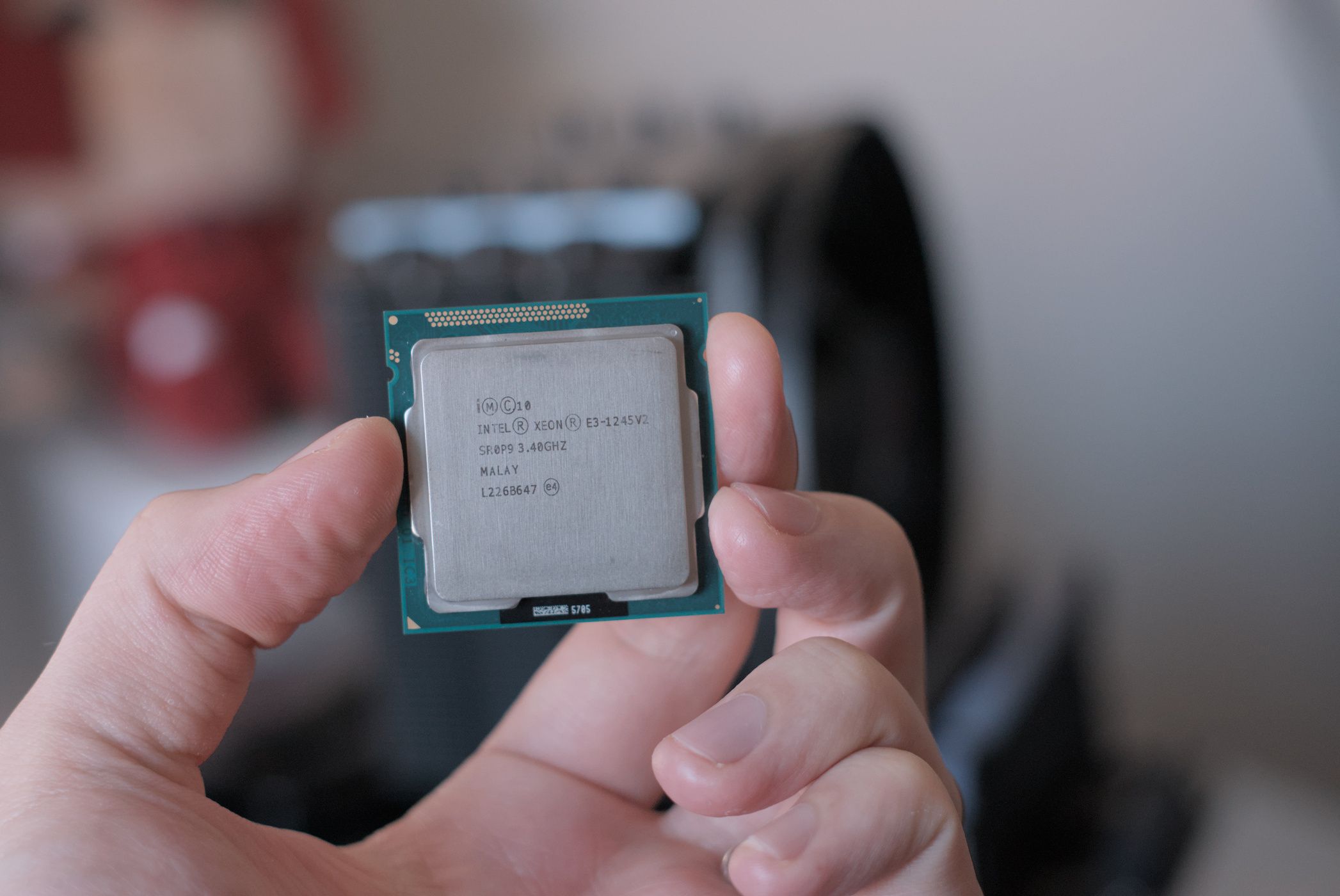Needing something to run Proxmox and Frigate, I bought a used Dell PowerEdge R210 II for the job. This was to run alongside a Lenovo server and a few other systems inside the cabinet, creating quite the fleshed-out home lab. The only drawback to this server was the CPU it came with. Although a bargain, it didn't have the guts to handle Frigate detection and decoding. So I installed a T1000 GPU I already had and decided to perform an upgrade, creating the ultimate NVR for our home.
Epic versatility in a compact package
Used enterprise hardware is awesome
From building countless desktop PCs, I have a sizable collection of processors and motherboards in storage, at least compared to the average Joe. I could pool this valuable resource together and create an ultimate low-power and efficient home lab, but it would largely consist of tower systems, unless I went down the route of picking up a few 4U cases. That's where used enterprise hardware comes into play.
Old servers that were once used inside datacenters and business cabinets are available on eBay (and other classified sites) at a fraction of their original retail price. Now, these aren't amazing machines, at least in terms of computing prowess. Older Xenon chips are often bested by newer consumer-grade desktop parts, both in terms of computing power and energy efficiency, but there's something about having a few 1U servers humming away.
Older Xenon chips are often bested by newer consumer-grade desktop parts, both in terms of computing power and energy efficiency, but there's something about having a few 1U servers humming away.
I'm firmly in the camp of server hardware because I love how they're designed, the enterprise quirks you often have to overcome, and how cool a populated cabinet looks. I recall the first time I visited a datacenter floor as a young teenager and was in awe at the sheer scale of such an operation. Having to visit the building to work on our hardware never failed to put a smile on my face, which was considerably less wrinkled.
The same goes for the home lab. Although my wife would very much prefer I cut down electricity costs from the few hundred watts everything takes up (and I'm including networking gear, security cameras, access points, servers, and everything else connected to the network outside of PCs and devices). To me, that's not a terrible price to pay for all the self-hosted services we enjoy using.
The two primary 1U servers alone host the security network video recorder (NVR), media streaming, media backups, general device backups, a locally hosted LLM, synchronization backend for Obsidian and other apps, and various other tools and apps. Combined, we're saving a good $20 or so per month on subscriptions, which is replaced by electricity costs, though I do control all data, and nothing is sent to the cloud.
Switching CPU was the best upgrade
More headroom for Frigate

My most recent addition to the home cabinet is a Dell PowerEdge R210 II, a 1U server with mediocre hardware, but it is perfectly adequate for my needs as an NVR. Hooked up to around four 1080p IP cameras on the LAN, this server receives footage, runs detection algorithms, and stores captured sessions through Frigate. The CPU isn't powerful enough for detections on multiple devices, which is where the T1000 GPU came into play.
For just $30, I was able to source the E3-1245 V2. This was a huge upgrade over the existing E3-1220 V2, providing Hyperthreading and Quick Sync.
This offloads much of the detection work, though the CPU is still tasked with handling everything else. I opted to replace the rather sluggish E3-1220 V2 with the E3-1245 V2, which offered notable improvements. The server cost me $40 in total, which is a steal for what's included. All I had to do was throw some ECC DDR3 RAM onto the motherboard, and we were good to go.
So, about that CPU upgrade. For just $30, I was able to source the E3-1245 V2. It was sent from China, so the delivery delay was considerable, but it arrived safely packaged and working flawlessly. Comparing the two processors together, there's not a lot that separates them other than the core and thread configuration, but that alone provided a notable uplift in performance running Proxmox.
|
Cores / Threads |
4 / 4 |
4/ 8 |
|
Clock Speed |
3.5 GHz |
3.8 GHz |
|
Cache |
L3: 8 MB L2: 1 MB L1: 256 KB |
L3: 8 MB L2: 1 MB L1: 256 KB |
|
TDP |
69 W |
77 W |
|
Quick Sync |
No |
Yes |
The largest part of this upgrade is the Hyperthreading with the E3-1245 V2. The 1245 V2 has eight threads, compared to the four with the 1220 V2, effectively doubling throughput and turning this server into a multi-thread powerhouse. Boost clock speeds are also up 300 MHz, which is a fair amount for this application, and TDP only jumped 7 watts. The upgrade was a no-brainer.
Then there's Quick Sync, something the E3-1220 V2 fails to offer. This is great for decoding media, something the CPU would have to do with Frigate, even though we have the discrete GPU. The former would have to rely on the T1000 alone for the decoding to minimize impact on CPU usage. The 1245 V2 frees up the GPU with its Quick Sync support, allowing the server to handle much more.
Frigate is still quite the demanding NVR, and the 1245 V2, even with its Hypertreading, would struggle with detection algorithms, but since we've already got the T1000 GPU handling much of that grunt work, the CPU is freed up for other Frigate-related tasks, as well as anything else we wish to run on this system. There's also the scope for adding more IP cameras into the mix or upping resolutions.
Frigate is butter-smooth
Countless frames and reliable detection
With the new CPU and T1000 GPU combo, the PowerEdge R210 II absolutely flies. It's the best $30 I've spent on a home lab server to date, and I reckon I'll struggle to top it in terms of value until something else requires an upgrade. Next on the list is to create that aforementioned consumer-grade parts 4U server to run the local LLM and some other instances.
For now, I reckon I'll spend some months appreciating the setup as it is right now before making any more improvements. As much as I love replacing parts of each system, it's easy to forget to sit back and be satisfied with the progress already made. Now I just need to finally get around to adding everything to Home Assistant and cleaning the dashboard up.
.png)











 English (US) ·
English (US) ·